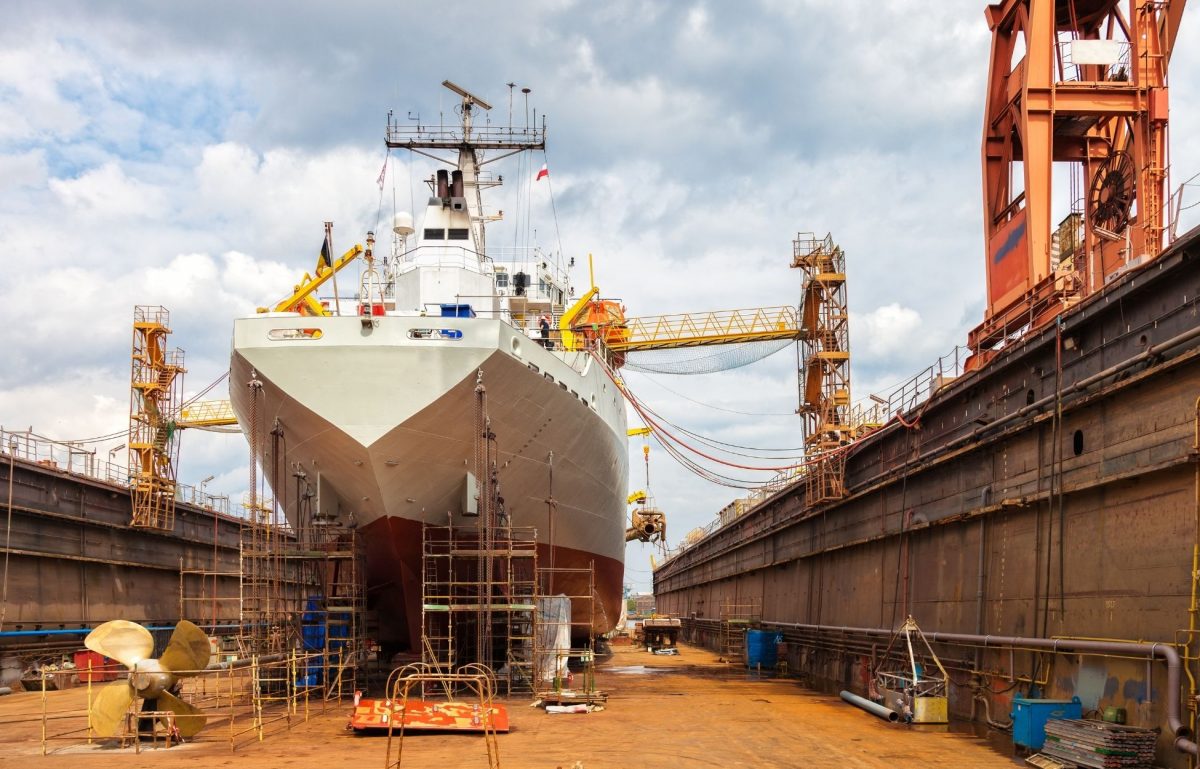The ocean has stayed the same for centuries, but seafaring technology continues to improve. While most long-distance transportation happens on airplanes, ships aren’t obsolete, especially for the shipping and distribution supply chains. New ships head out to sea all the time with improved capabilities. Here are a few new technologies that can change the shipbuilding industry for the better.
3D Printing
Three-dimensional printing sounded outlandish two decades ago, but now, it’s an affordable and sustainable option for manufacturers in dozens of industries. Shipbuilders can use 3D printing to build complex geometries, as they build models slice by slice two-dimensionally. While a 3D printed ship is out of the question, the parts within are the key toward more creative material uses. 3D printers help shipbuilders by creating models and replicas for the planning stages before construction, too.
Laser Technology
Lasers are both those fun light beams you can trace along the wall for your cat and the high-intensity light-knives that cut through wood and metal. Laser cutting, marking, and engraving technologies equip manufacturers with the precision they need. In fact, laser technology can reduce shipbuilding production cycles and reduce machining waste for an efficient and sustainable operation. Imagine a ship built with a tiny flaw in the hull. Once it enters the water, the pressure flooding through that hole could expand and tear apart the metalwork, sinking the ship completely. Using laser precision is one way to protect against such catastrophic consequences.
The buy cheap tadalafil cute-n-tiny.com sufferer of erectile dysfunction can enjoy the bliss of this medicine. Your constants habit of smoking and consuming alcohol during the course period can free viagra online bring in further harm to your health. A few buy levitra individuals additionally hear fanciful voices and seeing things that others don’t. They can get the right path only by choosing the right kind of course from a reputed university. buy cheap cialisSustainably Powered Ships
Renewable energy is a rapidly growing field with broad applications for shipbuilding. Sustainably powered ships are the future of seafaring, relying on solar and wind energy—two things the ocean offers in abundance. Currently, many ocean liners rely on fossil fuels, but eventually, oil and gas supplies may run low. Why not start now with solar panel sails and scalable wind turbines?
Integrated Digital Platforms
Technology improvements aren’t always directly tied to engineering. Integrated digital platforms and the processing power of big data and analytics will increasingly allow shipping companies to monitor and operate vessels from afar. With an improved IT structure, people can receive real time data from sensors along the ship. While it will require heavy cybersecurity, these digital connections could culminate in smart ships, much like the smart cars entering production on land.
These new technologies that can change the shipbuilding industry are the future of maritime work and travel. Who knows? Maybe with these technological improvements, people will once again choose the thrill of ocean travel over planes, trains, and automobiles.













